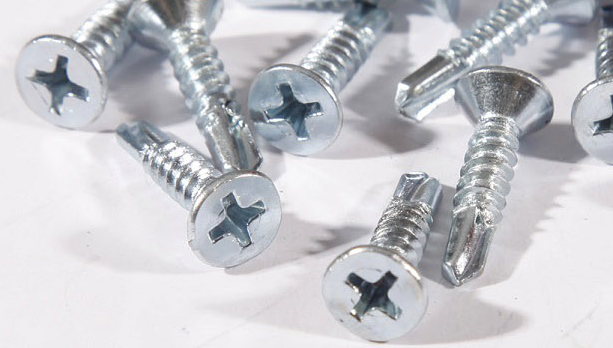Choosing the Right Tapping Screws for Wood Projects to Ensure Strong and Durable Connections
Tapping Screws for Wood A Comprehensive Guide
When it comes to woodworking, selecting the right hardware is as crucial as choosing the appropriate wood itself. Among the various types of fasteners available, tapping screws are particularly favored for their versatility and efficiency in joining wood materials. This article explores the characteristics, benefits, and proper usage of tapping screws for wood applications.
What Are Tapping Screws?
Tapping screws, often referred to as self-tapping screws, are designed to create their own threaded hole as they are driven into a material. Unlike regular screws, which typically require a pre-drilled pilot hole, tapping screws can penetrate the material directly, cutting a path for their threads as they go. This makes them ideal for a range of applications, particularly in woodworking, where efficiency is paramount.
Characteristics of Tapping Screws
Tapping screws come in various sizes, lengths, and materials, making them suitable for different woodworking tasks. Some of the key features include
1. Thread Design Tapping screws often have coarse threads that provide excellent holding power in wood. The design allows for a secure grip, preventing the screw from loosening over time.
2. Point Shape The tip of a tapping screw is usually pointed and can vary in shape. Common types include sharp points for softwoods and blunt or self-drilling points for harder woods.
3. Material Composition Most tapping screws are made from steel, stainless steel, or brass, each offering different levels of corrosion resistance and strength. For outdoor projects or humid environments, stainless steel is often the preferred choice.
4. Head Type Tapping screws can feature various head types, including flat, pan, and hex heads. The choice of head type can influence the screw's function and appearance in the final project.
Benefits of Using Tapping Screws
The advantages of using tapping screws in woodworking are numerous
tapping screws for wood

- Time Efficiency Since tapping screws create their own thread, you can skip the step of drilling pilot holes for many applications. This is particularly beneficial in high-volume production settings or when working with multiple pieces of wood.
- Strong Hold The threading of tapping screws is designed to provide superior holding strength compared to traditional screws, reducing the likelihood of joint failure.
- Versatility Tapping screws can be used on various wood types, from softwoods like pine to hardwoods such as oak, making them a versatile choice for a wide range of projects.
- Reduced Splitting Tapping screws are less likely to split the wood compared to some other fasteners, especially when used appropriately, thus preserving the integrity of the wood.
Installation Tips
When using tapping screws, it's essential to follow some best practices to ensure optimal results
1. Select the Right Size Choose a screw size that is appropriate for the thickness of the wood you're working with. A screw that is too long can protrude through the other side, while one too short may not hold effectively.
2. Use the Correct Driver Ensure you have the right screwdriver or drill bit for the screw head type. Using the wrong tool can strip the head and make it difficult to tighten or remove the screw.
3. Maintain Pressure When driving the screw, apply steady pressure to ensure it penetrates evenly without stripping the wood around it.
4. Consider Pre-Drilling For harder woods, it may still be beneficial to create a small pilot hole to ease the screw's entry, reducing the risk of splitting.
In conclusion, tapping screws for wood offer a reliable and efficient fastening solution for a broad range of woodworking projects. With their ability to create their own holes and deliver strong joins, they stand out as a preferred choice for both amateur and professional woodworkers alike. By selecting the right type and employing best practices during installation, you can achieve durable and visually appealing results in your woodworking endeavors.
-
Weatherproof Plastic Expansion Anchors for OutdoorWartaJun.06,2025
-
Sustainability in the Supply Chain: Eco-Friendly TEK Screws ProductionWartaJun.06,2025
-
Load-Bearing Capacity of External Insulation FixingsWartaJun.06,2025
-
Double Head Bolts: Enhancing Efficiency in Industrial MachineryWartaJun.06,2025
-
Corrosion Resistance in Chipboard Screws: Coatings for Wholesale DurabilityWartaJun.06,2025
-
Butterfly Toggle Bolts : Enhancing Structural ResilienceWartaJun.06,2025
